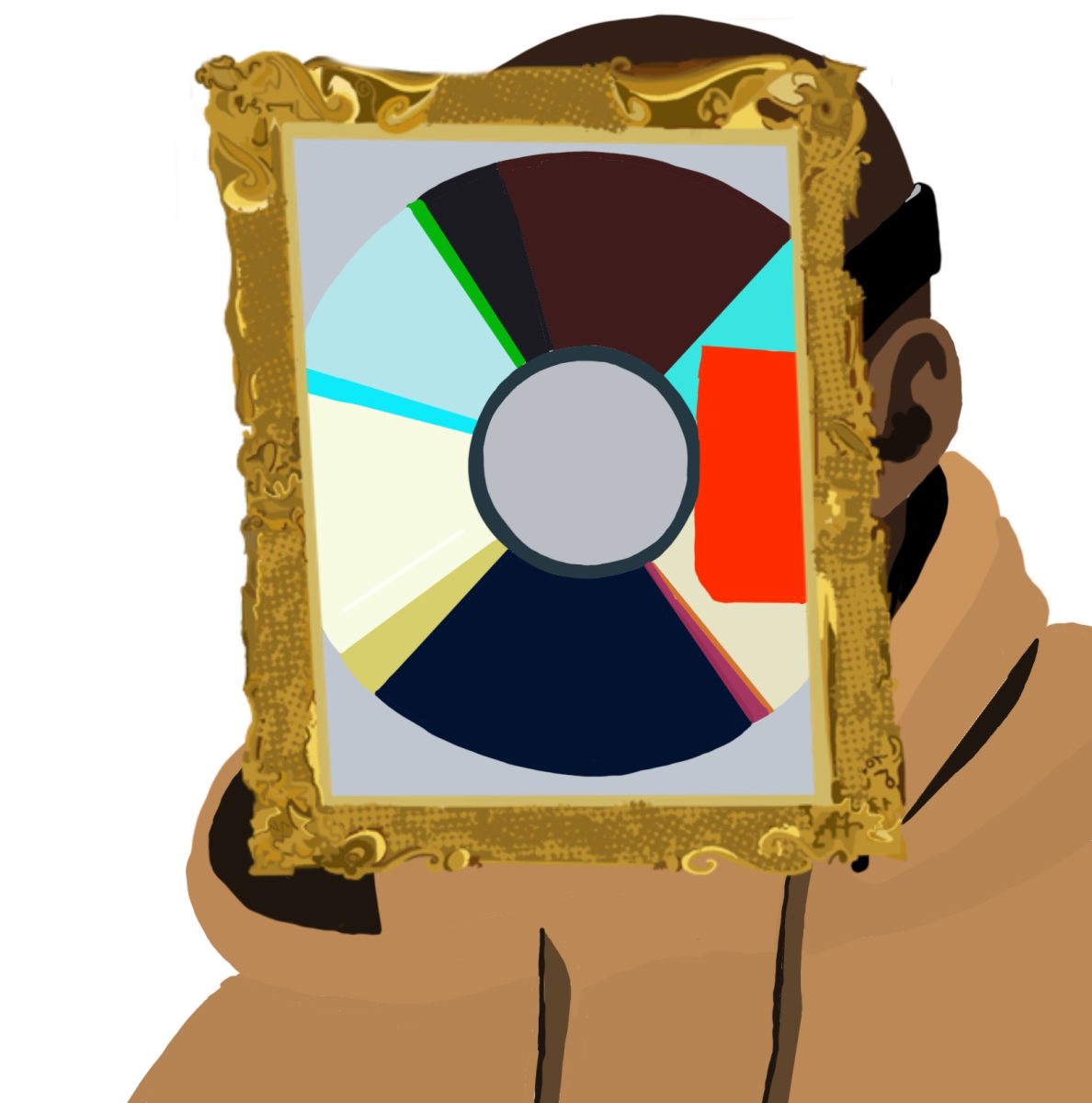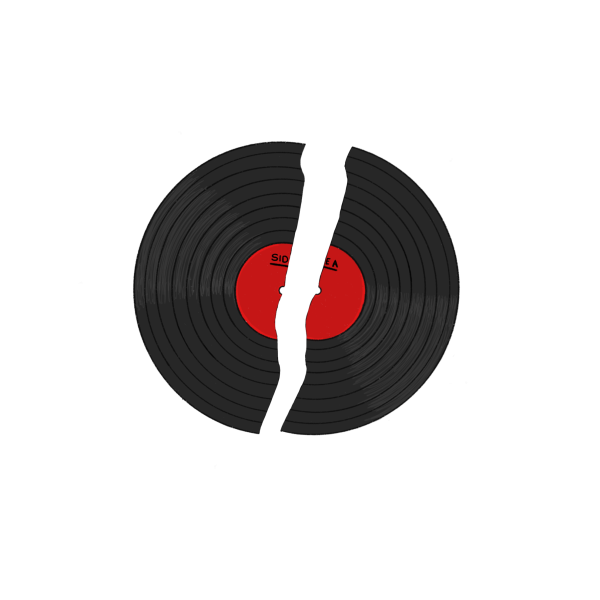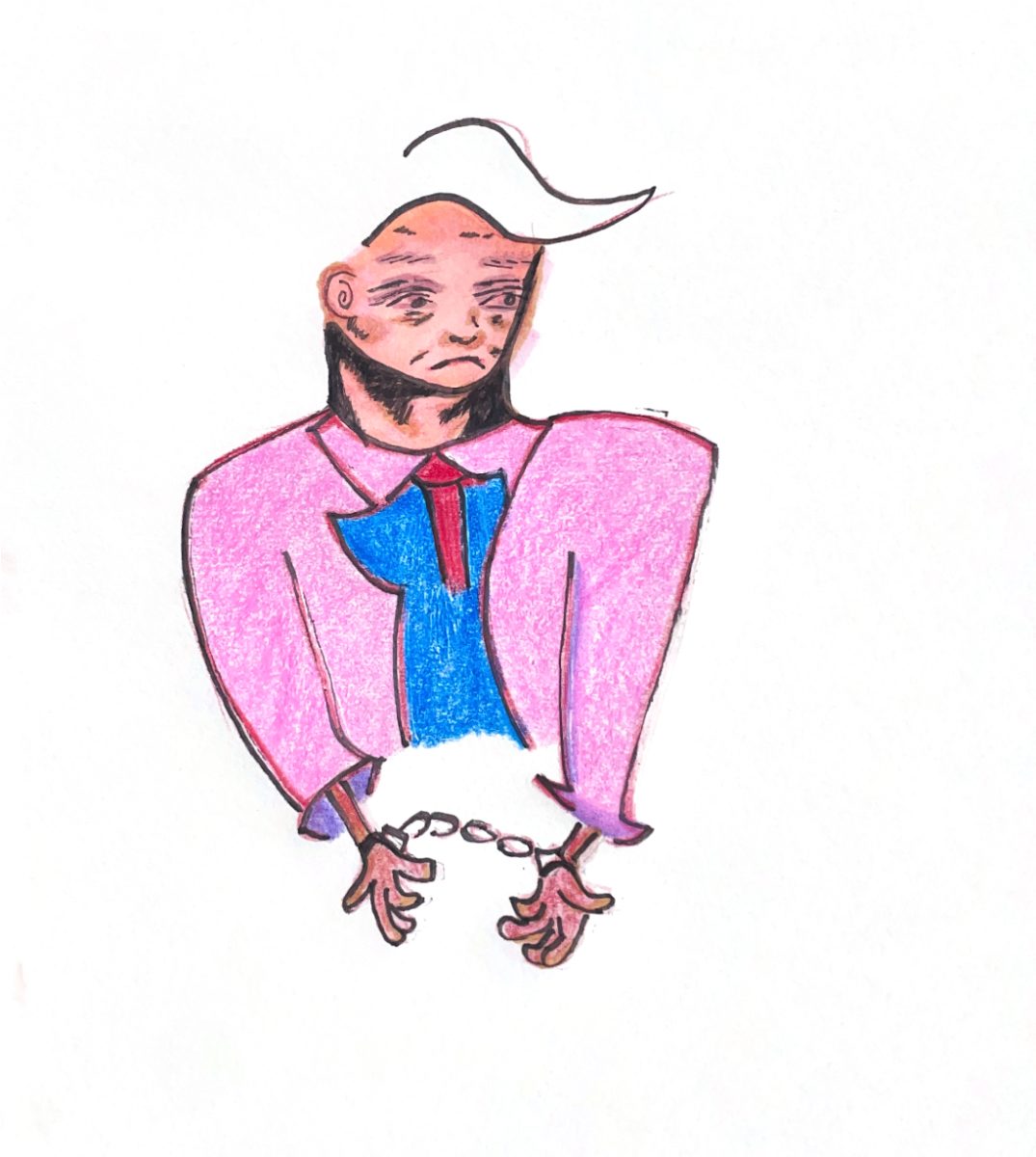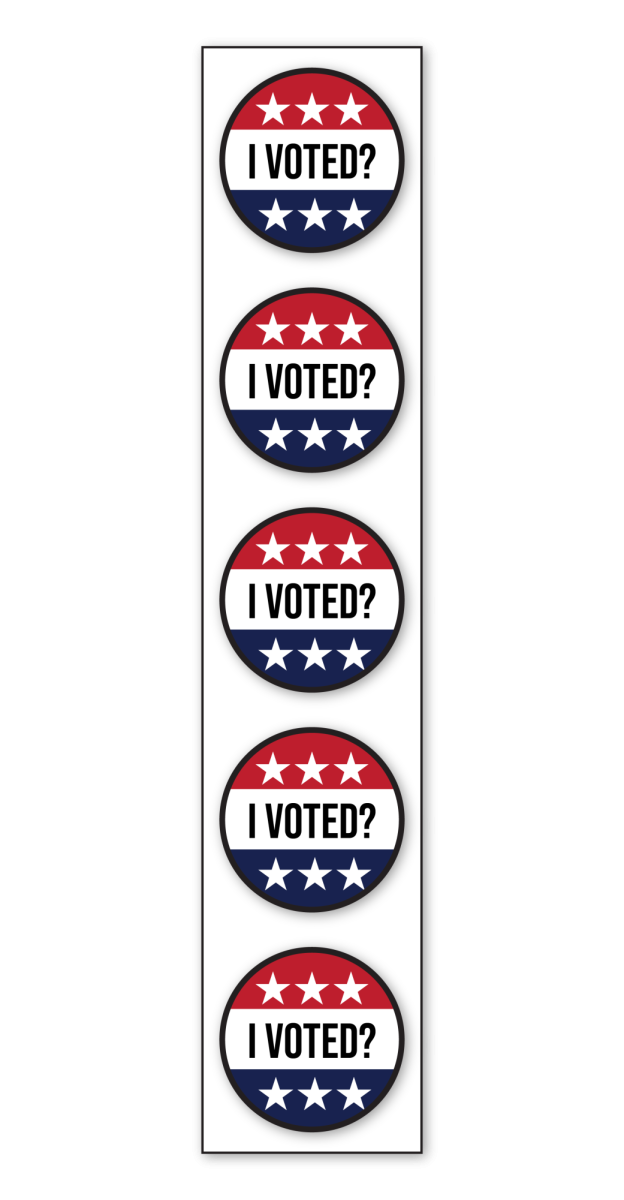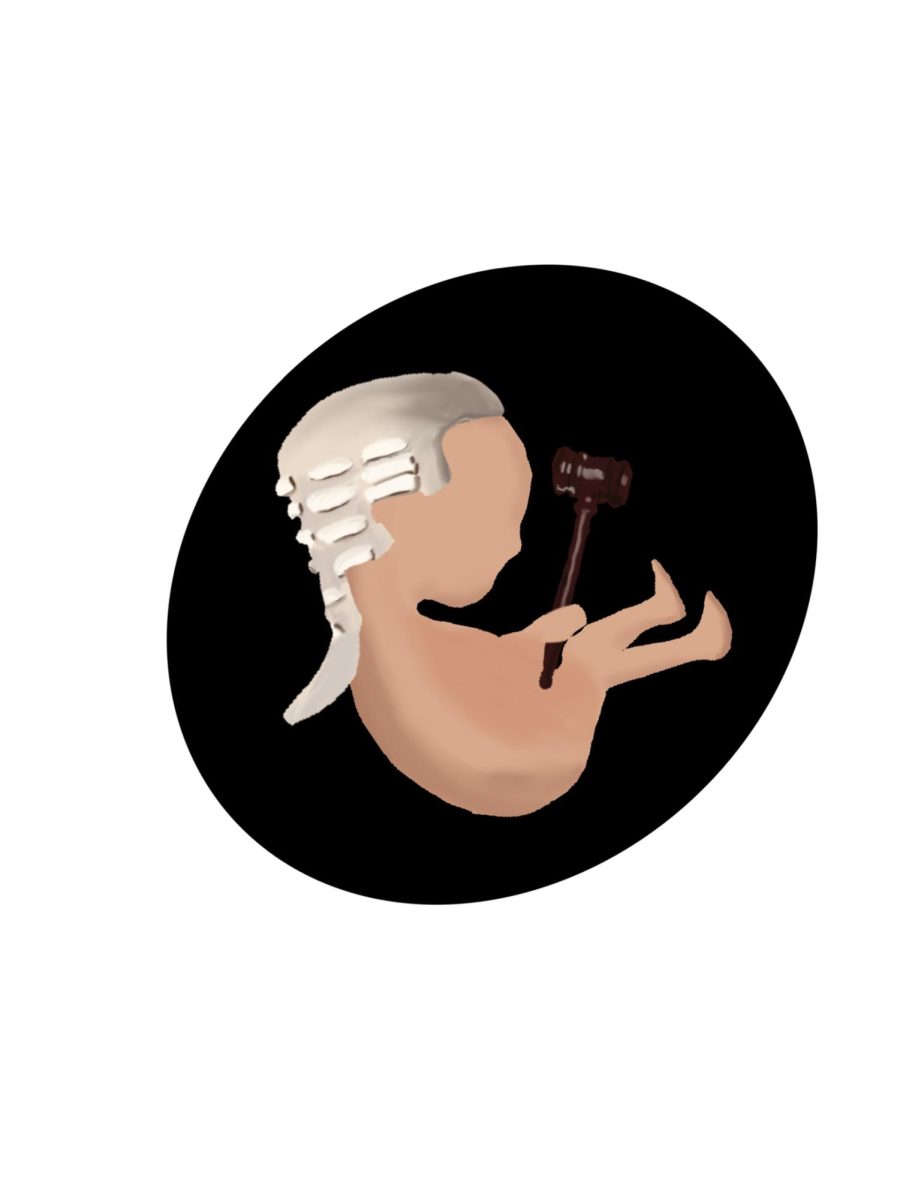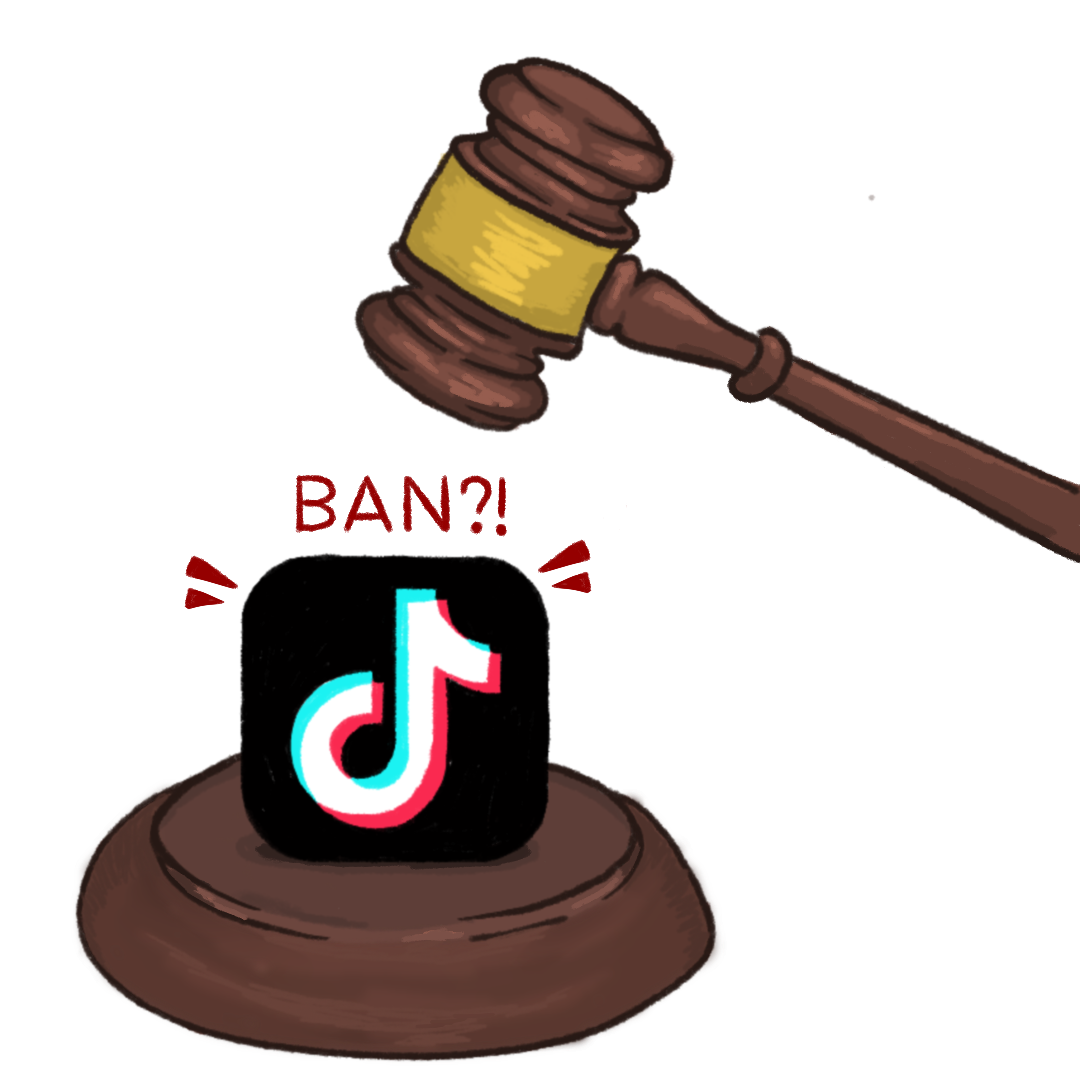In this modern age, we must separate the art from the artist, or there will be fewer books, artworks and musicians that we can enjoy and learn from.
Separating the art from the artist involves differentiating appreciation for an artist’s work from their actions; this act is essential to continue absorbing art. People can and will make mistakes, and these mistakes are often inexcusable. Nonetheless, their art does not condone their faults. As long as people acknowledge an artist’s wrongdoings and approach their work through a critical lens, they should be able to enjoy the music they listen to, the movies they watch and the art they enjoy without feeling guilty.
Art is not just temporary pop culture. It lasts forever and is a vital way for us to learn about past societies and cultures. As long as we educate ourselves on the true histories behind art and push for education systems to do the same, we can encourage the longevity of these artworks and allow them to evolve with our society instead of leaving them in the past. This does not mean that all past works are deserving of being taught in schools today. Rather, it means that we should look at the work as a whole and not throw it away because we imposed the views of the artists onto their art.
One of the biggest examples of separating art from the artist is in literature. Famous authors like Hunter S. Thompson and Ernest Hemingway were misogynistic. Truthfully, their misogyny sometimes does seep into their works, but Thompson and Hemingway are still brilliant authors. Enjoying their novels does not condone misogyny. As long as their flaws are acknowledged, there is still so much to learn from their innovative writing techniques. There are also many feminist critiques of these authors’ works that allow us to separate the art from the artist and view these works through different lenses.
In discussing the connection between artists and their art, it is important to remember that societal standards are always changing. Take the poem “Howl,” for example. The publishers of “Howl,” written by Allen Ginsberg in 1956, were put on trial for obscenity because the poem’s content surrounded drugs and homosexual practices. Now, this poem is heralded for its significance and radical politics. If this poem had ended up being censored because of the 1957 obscenity trial, it would have lost its social importance that still remains today.
A more modern example of a problematic author is J.K. Rowling. Rowling has made it known to the masses that she is transphobic, causing people to often express their guilt when they admit to liking the Harry Potter franchise. This guilt is silly because as long as we acknowledge Rowling’s horrible views and personality and see how they have affected the details in her stories, we should be able to appreciate her art for what it is — art.
The most prevalent example of separating art from the artist appears in music. Musicians are people like the rest of us, and they are bound to make mistakes or to simply be bad people. Even so, musicians should be separated from their music. Most people apply this to past musicians, such as Elvis Presley or Robert Plant, but modern musicians, such as Courtney Love and Matty Healy, are equally problematic. Despite this, their music is often influential for their genre, and it should not simply be thrown away.
In 1992, Kurt Cobain, frontman of Nirvana, told Rolling Stone, “Although I listened to Aerosmith and Led Zeppelin, and I really did enjoy some of the melodies they’d written, it took me so many years to realize that a lot of it had to do with sexism.” Separating the art from the artist is not a copout for excusing the music one listens to. It involves acknowledging an artist’s faults and being critical of those that we idolize.
Another musician who has been thrust into the spotlight recently, and for good reason, is Matty Healy, frontman of The 1975. It has been widely known since early in his career that Healy is racist and misogynistic. He should not be supported or idolized as a person, but the music he created is a staple of the mid-2000s. For punk rock fans, Healy’s problematic personality has many similar ties to iconic punk musicians such as Sid Vicious, Johnny Rotten, Patti Smith or GG Allin, who gained most of their notoriety from pissing people off.
These musicians often adopt these personas to gain fame, and the fact that Matty Healy’s name has made it into NBC and CBS articles multiple times this year is proof of this.
Going forward, we must separate art from the artists who created it. Art has historical significance and cultural importance, and instead of being forgotten, we should at least try to learn from it. Societal standards are always changing, meaning what was “obscene” seventy years ago may now be essential and important.






